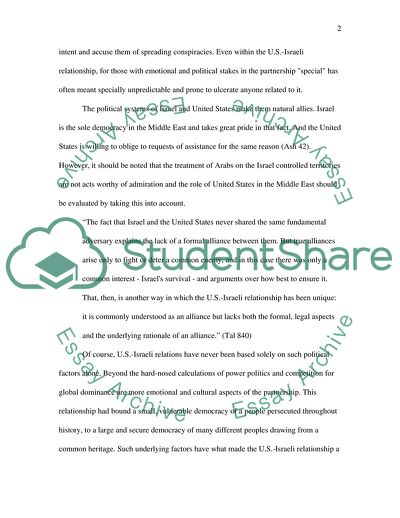Cite this document
(The United States and the Six Day War Term Paper, n.d.)
The United States and the Six Day War Term Paper. https://studentshare.org/history/1704193-the-us-and-the-six-day-war
The United States and the Six Day War Term Paper. https://studentshare.org/history/1704193-the-us-and-the-six-day-war
(The United States and the Six Day War Term Paper)
The United States and the Six Day War Term Paper. https://studentshare.org/history/1704193-the-us-and-the-six-day-war.
The United States and the Six Day War Term Paper. https://studentshare.org/history/1704193-the-us-and-the-six-day-war.
“The United States and the Six Day War Term Paper”. https://studentshare.org/history/1704193-the-us-and-the-six-day-war.


